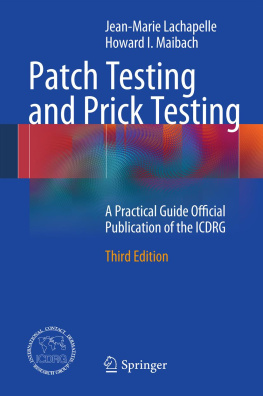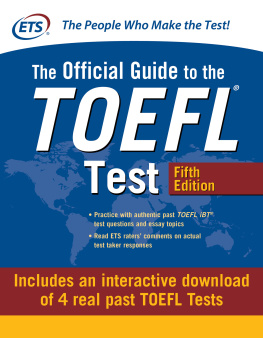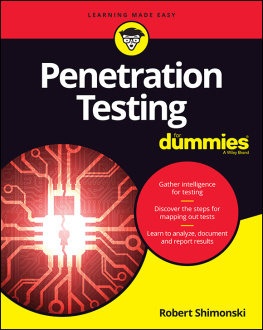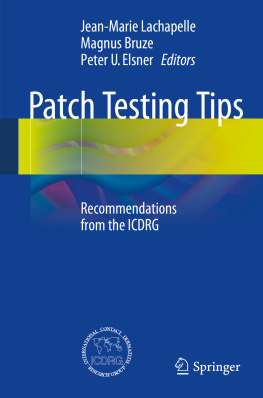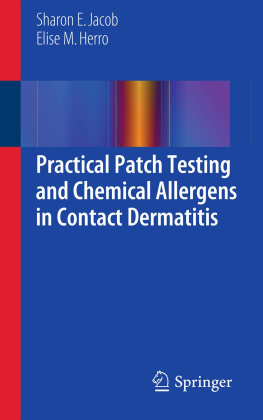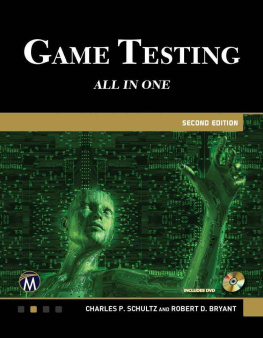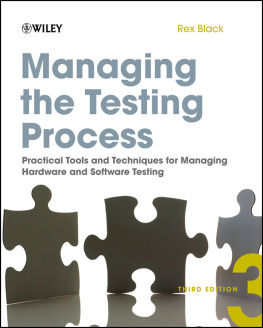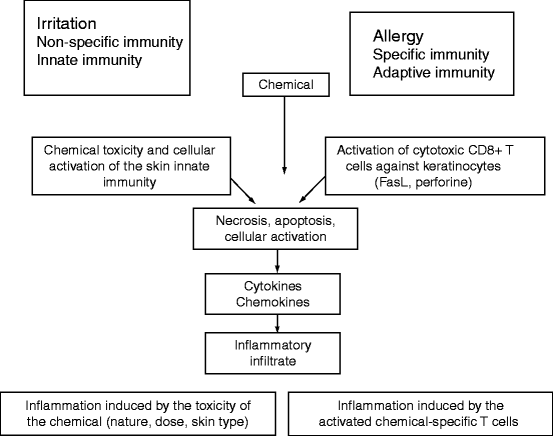ICD has long been considered as a nonimmunological inflammation, whereas ACD as an immunological inflammation. In fact, both types of eczema implicate the immune cells, but ICD follows the activation of innate immunity, while ACD is the result of acquired immunity and the induction of specific proinflammatory T cell effectors []. It should be noted that the development of ACD initially requires the activation of innate immune cells which permit maturation of the cutaneous dendritic cells. The dendritic cells are then required for the presentation of allergens to T cells in the lymph nodes and thus to the induction of an acquired immune response.
1.2.1 Irritant and/or Allergic Chemicals
All chemicals, whether they are responsible for ICD or ACD, can be considered as irritants with very important differences in the concentrations necessary to induce irritation []. For example, dinitrofluorobenzene (DNFB) is an irritant at 0.05%, while geraniol is an irritant at 50%. On the other hand, only those chemicals which behave as haptens are allergens. Indeed, they interact in a covalent manner or not, with amino acids, and thus are able to modify the proteins giving rise to neoantigens. Contact allergens are thus only a minority of chemicals.
Skin contact with an irritant may only induce an ICD. However, contact with a hapten can induce ICD or ACD, the latter occurring only if the individual has been immunized during the previous skin exposures to the same chemical.
1.2.2 Skin Irritation: Activation of Innate Immunity
1.2.2.1 Innate Immunity
Innate immunity refers to all the cells and molecules capable of distinguishing danger signals of an infectious, physical, or chemical nature and of inducing an inflammatory reaction. The inflammation enables the individual to eliminate the infection and repair the damage caused by the physical and/or chemical agents (wound healing). Innate immunity is therefore synonymous with inflammation. In the blood, the innate immune cells are the hematopoietic cells, with the exception of T and B lymphocytes, which form the acquired arm of the immune response. In the skin, the totality of the epidermal and dermal cells participates to the skin innate immunity. The recognition of chemicals as dangerous molecules for the body (i.e., xenobiotics) is very similar to that of microorganisms which deliver danger signals through interaction with a set of membranous and intercellular receptors, e.g., Toll-like (TLR) and NOD-like receptors (NLR) []. This leads to the activation of the inflammasome and the NF-B pathways, resulting in the production of inflammatory cytokines and chemokines, among which are IL-1, IL-3, IL-6, IL-8, and TNF-. Molecules of innate immunity also include the complement, the plasmatic enzyme systems of coagulation and fibrinolysis, interferons, etc.
1.2.2.2 Skin Irritation: Mechanisms of Action
The penetration of a chemical through the different layers of the skin, notably the epidermis and the dermis, is responsible for the release of a large number of cytokines and chemokines by different cell types whose respective roles in the induction of inflammation are not yet well understood [].
The profile of cytokine expression during ICD varies over time and also depends on the nature, environment, and dose of the chemical. The most frequently found mediators of ICD are IL-1 (interleukin-1), IL-1, IL-6, IL-8, TNF- ( tumor necrosis factor -), GM-CSF ( granulocyte/macrophage colony-stimulating factor ), and IL-10, which is an anti-inflammatory cytokine []. However, initiation of the inflammation seems to be mainly linked to IL-1, TNF-, and derivatives of arachidonic acid. Indeed, IL-1 and TNF- are two primary cytokines capable of inducing secondary mediators (including numerous cytokines, chemokines, adhesion molecules, growth factors) which are essential for the recruitment of leukocytes to the altered skin site. Thus, a multistep cascade in the production of inflammatory mediators takes place, finally inducing histological modifications followed by the clinical expression of eczema.
1.2.2.3 Direct Responsibility of the Chemical in ICD
In ICD, the chemical is directly responsible for the cutaneous inflammation by its toxic physicochemical properties, which are proinflammatory. The analysis of the inflammation of the ICD finds all the characteristics of a nonspecific inflammatory reaction, i.e., a hyperproduction of cytokines and chemokines, the presence of a polymorphic inflammatory infiltrate, and lesions of apoptosis/necrosis of the epidermal cells with a compensatory proliferation of keratinocytes. There is no argument for an involvement of T cells.

